Dragging this over from the egg color thread ...
That photo supplies an answer I had long wondered about. Because I used to get the occasional way-off colored offspring from certain matings, I knew the LF brown red gene pool was carrying either wild type (e+) or brown (eb), both of which are recessive to birchen (ER), the e-locus gene that brown red is based on. Since your orginal brown red LF came from Red Stag Acres and you got that result from crossing with black, I feel the mystery e-locus gene is/was brown (eb). Because that is the e-locus that Silver Laced (as in Wyandottes) is based upon. It's what I suspected, since many of the off colors were very close to Buff Columbian, which is also based on eb. Thanks for posting that photo.
Mike - Thanks for pointing this out. I think you're right. I was leaning toward e+ for that recessive at the E locus, but last year's crop produced a few that were quite Columbian-looking. It's hard for me to pin down with all of the split bases and restrictors.
Here's that male a bit older:
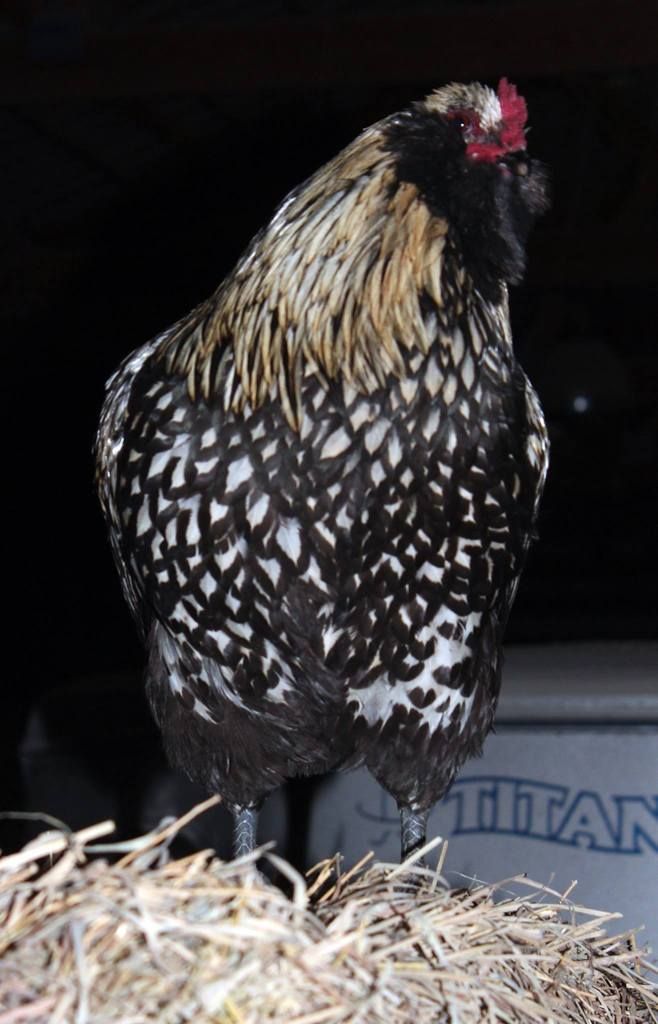
A photo of him was selected for our county fair's partnership brochure. Really wish it was with an accepted variety of Ameraucana, but such is life.

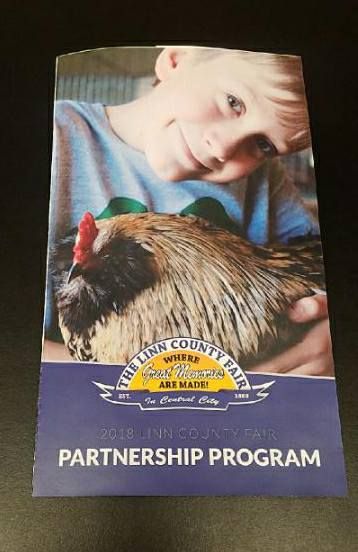
A daughter:
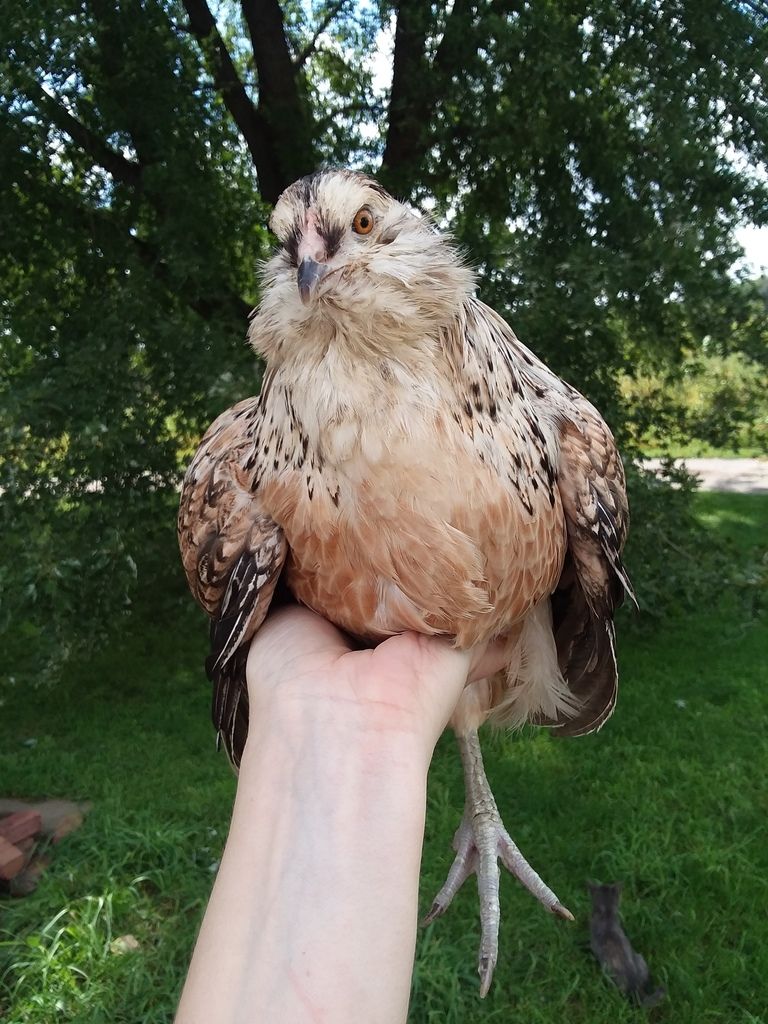

So just autosomal red, not e+ salmon here?
A couple sons:
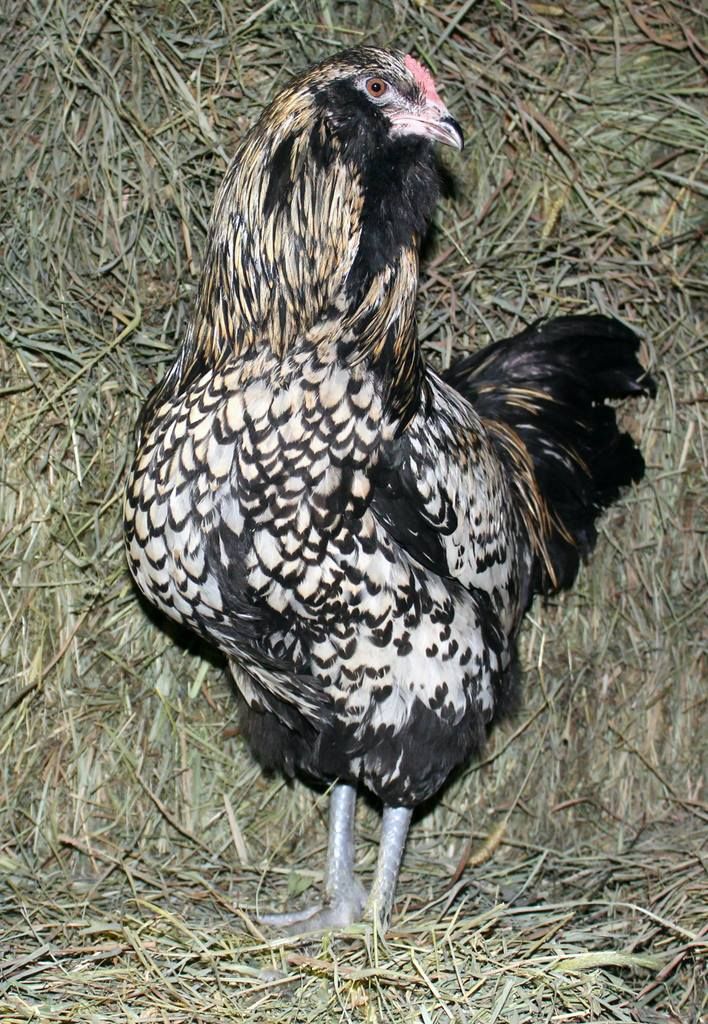
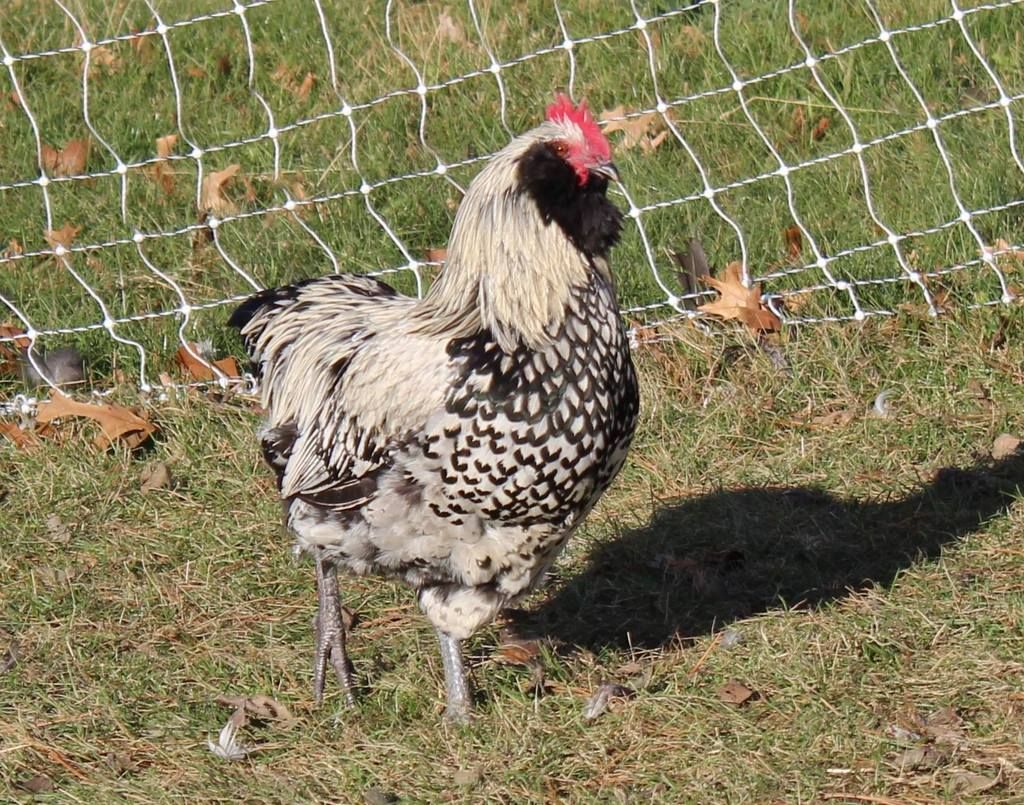
Older pic, but we still raise Brown Reds too - honest:
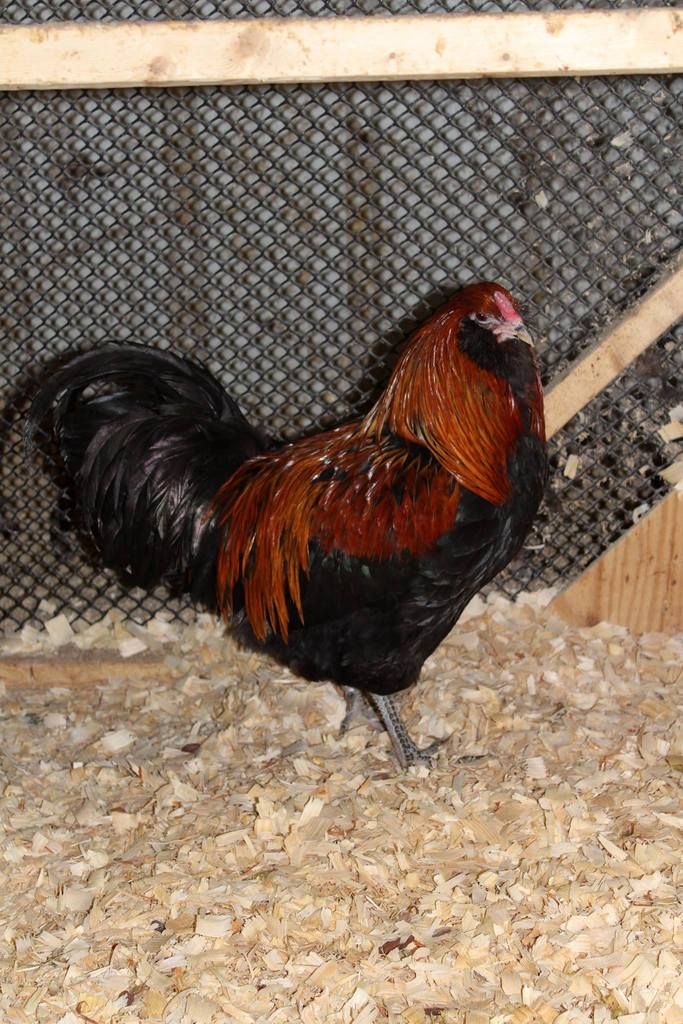
This guy was test mated and I was fairly certain lacked the recessive at E. Had very minimal lacing, though.
It's through such test-mating that we've come up with some weird stuff (as would be expected) ... but our end goal is improvement of an accepted variety.
Interesting about the silver laced BR. I can see making a silver laced Ameraucana but I doubt I would start with BR, but then again it seems your idea was not make a silver laced Ameraucana at all but some new thing. I was thinking of a silver laced Ameraucana because it's such a pretty pattern, and I think self-* is rather dull, but the problem comes in once you get there then what? Is there other people out there interested in joining Projects or are all the project out there just for curiosity?
Suki - We weren't working on anything new ... just trying to work on the Brown Reds. Ours have a recessive at E plus some eumelanin restrictors. So maybe not a bad place to start if you had wanted laced birds. (Most of the cross to black was the expected leaky black, some had quite nice birchen pattern.) I'm actually more of a preservationist at heart and just want to improve on a current variety - Brown Red is my older son's favorite. The lacing popped out and we play with it a bit because it's interesting and my kids like it. I imagine others might be working on something similar, but my time and patience are too limited to care what others are up to (or just too crabby maybe).
*****
In response to the red-headed chicks - I'm not so sure it has to do with a recessive at E, but there are definitely some unwanted eumelanin restrictors. I think Db is floating around as we have seen juvenile autosomal barring. I have a hunch Co is in there, too.
 Welcome to the Ameraucana Forum!
Welcome to the Ameraucana Forum!

